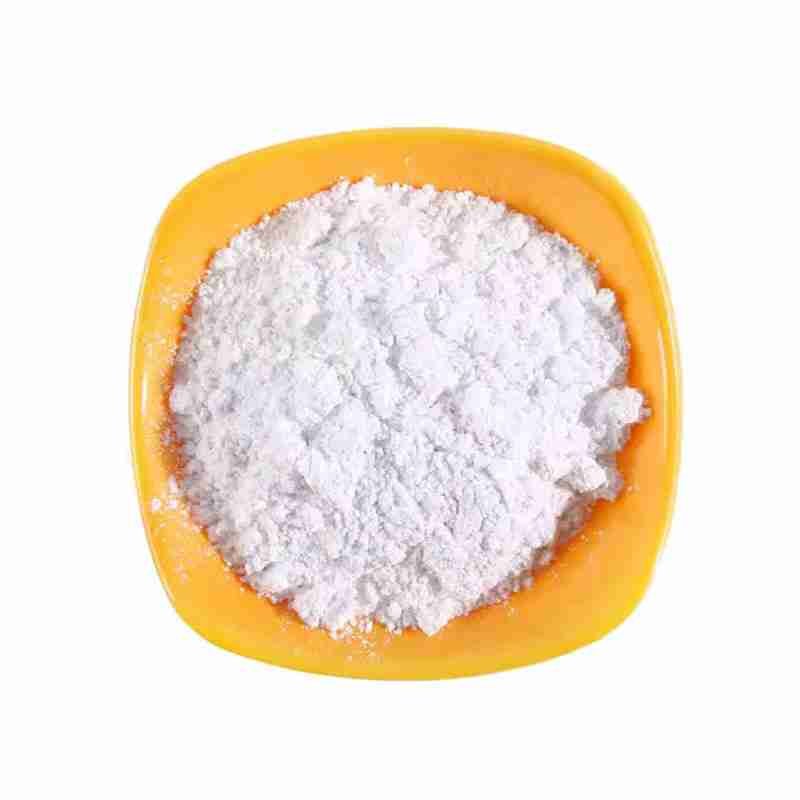Ethylene glycol is the simplest aliphatic diol. It has the chemical properties of alcohol and can generate ethers, esters, or be oxidized to acids or aldehydes. It can also condense to form ethers or be replaced by halogens. It generally reacts with acyl chlorides or anhydrides to form diesters. Under heating with a catalyst (manganese dioxide, aluminum oxide, zinc oxide or sulfuric acid), it can undergo intermolecular or intramolecular dehydration to generate cyclic ethylene glycol acetals, which react with nitric acid to generate ethylene glycol dinitrate (an explosive). Ethylene glycol is a raw material for the production of polyester resins, alkyd resins and polyester fibers. It can also be used as a refrigerant for automobile and aircraft engine refrigerants. In 1980, the amount of ethylene glycol used as a refrigerant was equivalent to the amount used to produce polyester. In addition, it can also be used to synthesize polymers such as polyester fibers.
















